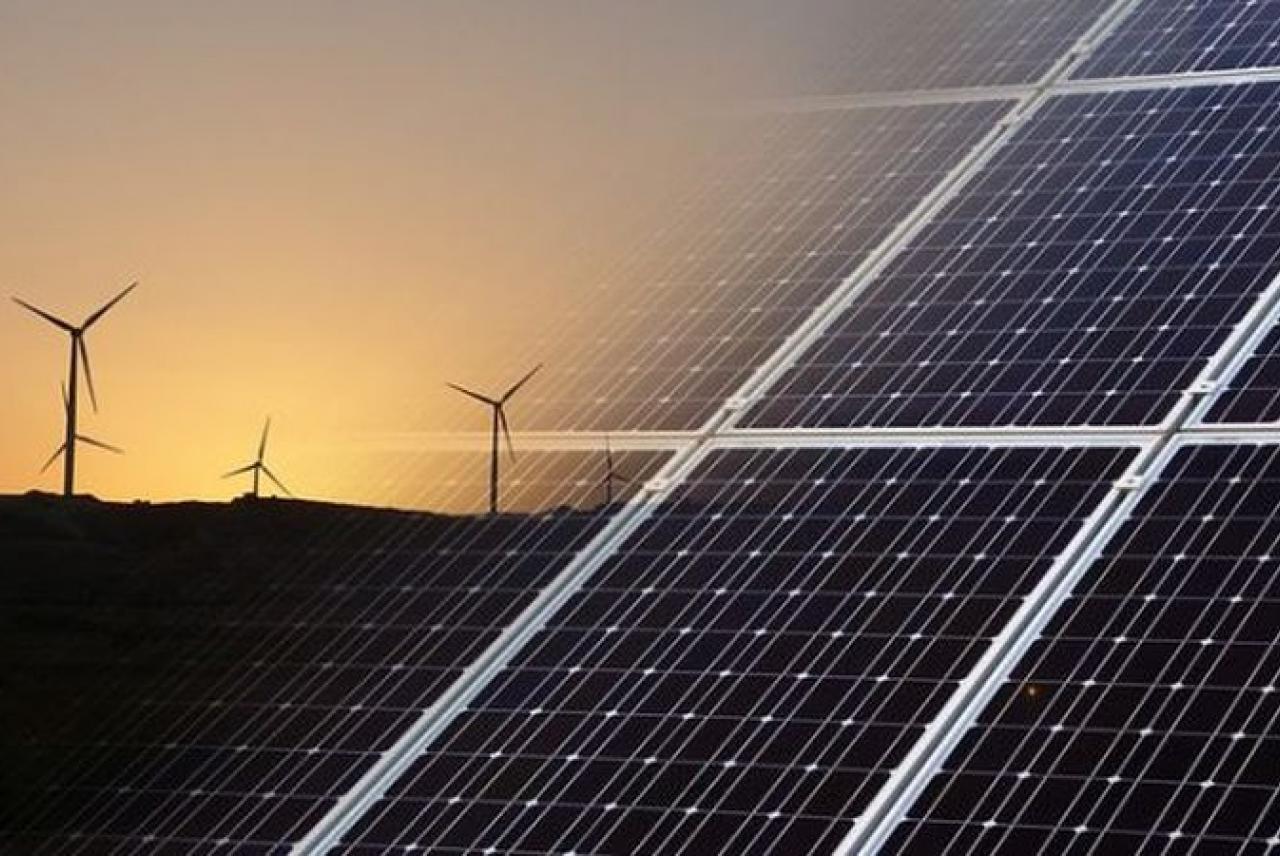Lots of companies market ‘100 percent renewable’ or ‘green’ energy tariffs.
But many green tariffs do little or nothing to change actual carbon emissions. In this article, we explain why – and highlight the handful that do offer meaningful green options.
What is a green energy tariff?
Green energy tariffs are electricity tariffs ‘backed’ by renewable power. Unfortunately, though, this does not mean that the energy used in your kettle or toaster has come from a wind or solar source.
All energy in the UK comes from the national grid – which is essentially a mixing pot for all energy sources, including fossil fuel and nuclear alongside renewable. Whatever tariff you are on, you are using the same mix of energy.
When companies claim to be selling ‘renewable tariffs’ they can mean two different things. Either, they can mean that they buy certificates called REGOs that say their energy came from a renewable supply. Or, they may actually invest in renewables, either by building things like solar farms and wind turbines themselves or by having contracts directly with renewable suppliers.
Both kinds of tariff count as ‘green’ or ‘renewable’ under UK law.
Do green tariffs have a lower carbon footprint?
No, green energy tariffs do not have a lower carbon footprint.
When you switch your washing machine on, in reality, you are still using a mixture of oil, gas and renewables - or whatever is fuelling the grid at that particular time.
The grid uses the renewable power that is offered to it first, and then fossil fuels to top that up, which means that at times of lower demand, like at night, electricity is likely to have a lower carbon footprint.
Reducing the amount of actual energy you use in your home, or using it at times of lower demand are therefore the only ways to cut your carbon footprint. We have articles on reducing your home carbon footprint, including steps to insulating your home on a budget, setting up smart heating, and choosing the right heat pump.





